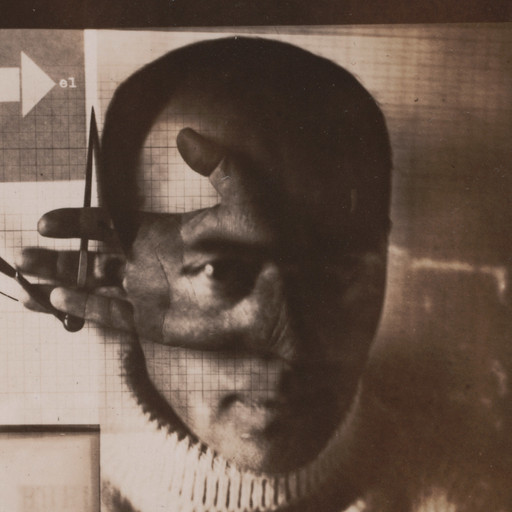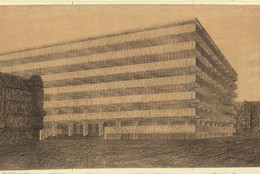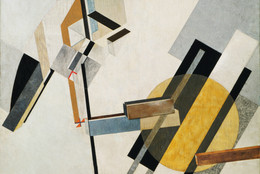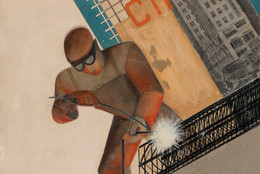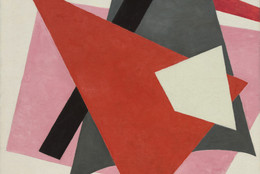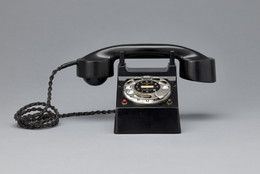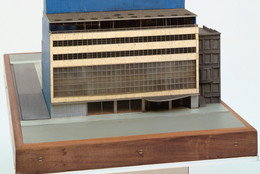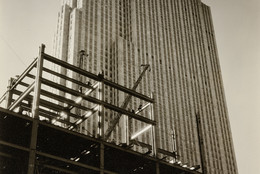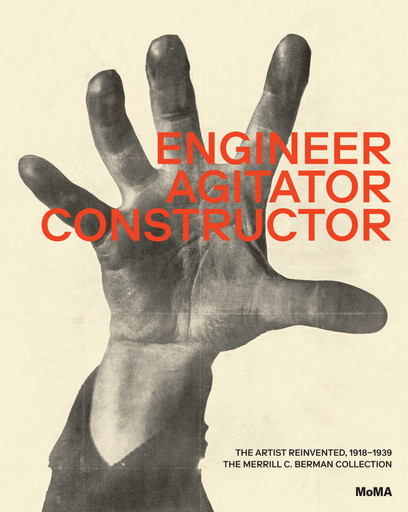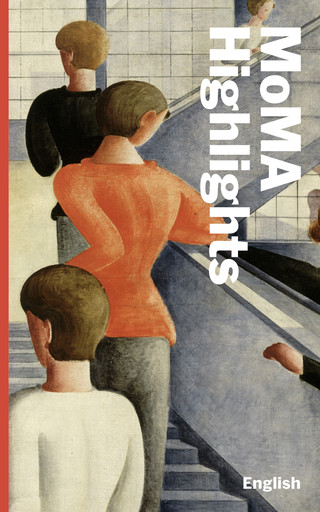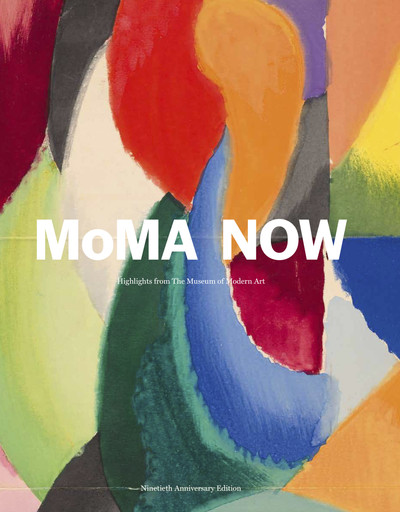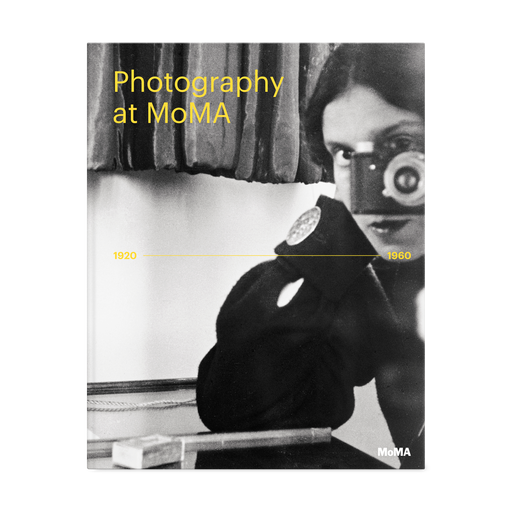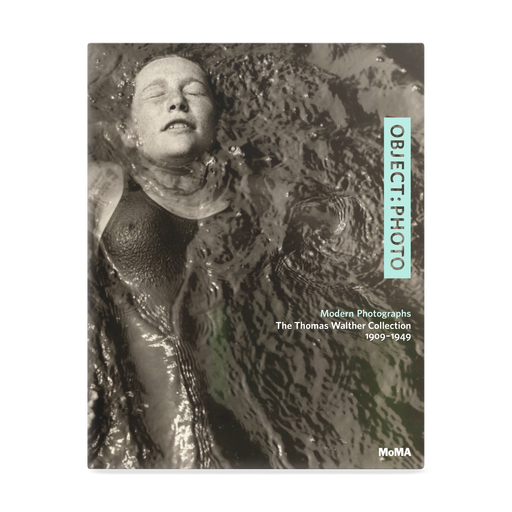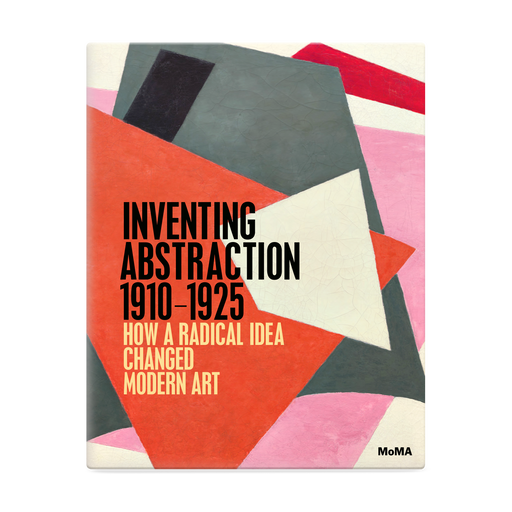-
Introduction
-
From 1909-1914, Lissitzky attended the Technical High School in Darmstadt, Germany, after which he returned to Moscow. In 1917, he qualified as an architect in that city and two years later, he taught at the Fine Arts Academy in Witebsk, later moving to the Fine Arts Academy in Moscow in 1921. In 1922, Lissitzky worked out of Berlin where he made contact with Bauhaus artists. Here, he first experimented with photography, creating posters and book covers. From 1922 to 1924 Lissitzky worked in Hanover, Germany and began producing photograms, becoming the first artist to use photograms for publicity purposes. Along with Man Ray and László Moholy-Nagy, Lissitsky one of those who refined the use of the photogram. Lissitzky moved to Switzerland in 1924 to receive treatment for tuberculosis. One year later he returned to Moscow and was named a professor at the School of Interior Architecture and continued to produce photographic experiments and collages. From 1932 to 1940, Lissitzky worked for the magazine "USSR in Construction". He worked in a freelance capacity for the magazine which worked to promote the idea of Soviet industrialization.
-
Nationalities
-
Russian, Soviet
-
Gender
-
Male
-
Roles
-
Artist, Architect, Manufacturer, Publicist, Designer, Teacher, Art Theorist, Typographer, Furniture Designer, Lithographer, Graphic Artist, Illustrator, Lecturer, Painter, Photographer, Sculptor, Theorist
-
Names
-
El Lissitzky, El Lazar Lissitzky, El' Lisickij, Eliezer Lisitski, Lazar Markovich Lisi︡tskiĭ, Lazar Markovich Lisitskii, Lazar Markovich Lisitsky, El Lissickij, E. M. Lissitsky, El Lissitsky, Eliezer Lissitsky, Eleazar M. Lissitzky, Eleazar Markovich Lissitzky, Eliezer Lissitzky, Lasar Lissitzky, Lasar Markowitsch Lissitzky, Lazar Lissitzky, Lazar Markovich Lissitzky, Lazar Moiseevich Lissitsky, El Lisitsky, Eliezer Lisitsky, Eliezer Markovich Lissitzky, El' Lisitsky Lissitzky, Lazar' Lisitsky Lissitzky, Lazar' Markovich Lisitsky Lissitzky, El' Lisitsky Lissitsky, Lazar' Lisitsky Lissitsky, Lazar' Markovich Lisitsky Lissitsky, Eliʻezer Lisitsḳi, Ėlʹ Lisit︠s︡kiĭ, Lazarʹ Markovich Lisit︠s︡kiĭ, E. Lisitsḳi, Lazarʼ Markovič Lisickij, El Lisitsḳi, אליעזר ליסיצקי, א. ליסיצקי, ל. ליסיצקי, Lazar Markovich Lisitski, Lazar Markovich Lisitzky, Lissits, Lasar Morduchovich Lissitsky, Эль Lissitzky, Ла́зарь Ма́ркович Лиси́цкий, Lissitzky
-
Ulan
-
500015156
